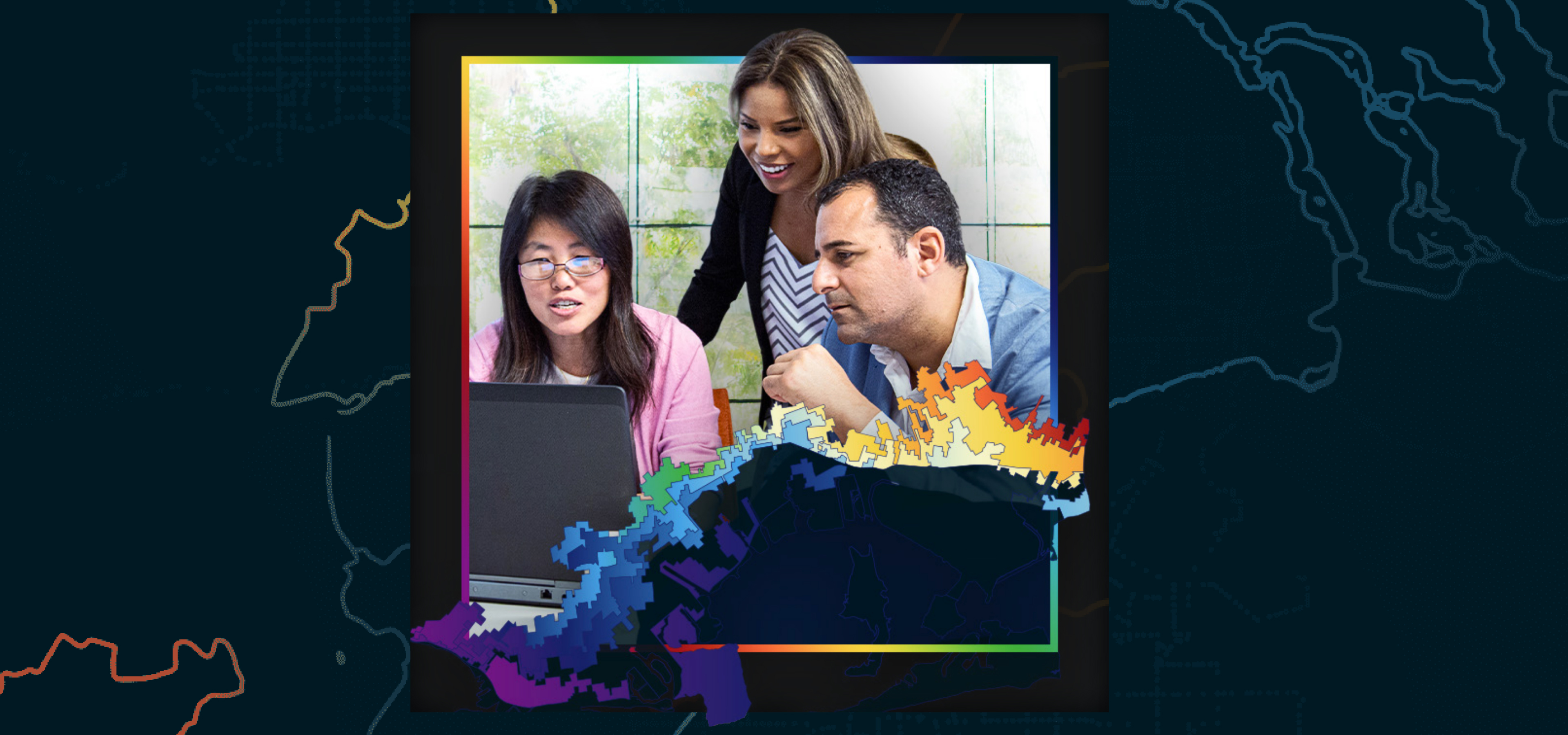Strategic adoption consulting
Partner with a consultant to develop and implement a comprehensive, people-focused adoption plan that is integrated with an ArcGIS implementation project plan.
Whether your organization is deploying ArcGIS for the first time or modernizing its existing enterprise GIS environment, user adoption is critical to the success of your technology strategy.
Esri consultants help organizations proactively address the workforce impacts of new technology using a structured framework aligned with your business goals. Because every organization has a unique culture, consultants adapt strategies and activities to match the scope, timeline, and goals of your ArcGIS implementation project.

Adoption challenges can take many forms and are not always immediately obvious. Esri offers flexible solutions to help organizations support their workforce through change and accelerate the pace of ArcGIS adoption.
I am so appreciative that Esri offers this type of class in addition to more software- and data-related courses. This really helps to give any GIS analyst or manager a much more holistic view of how to communicate and implement advances to any GIS program successfully.
Esri consultants share their experiences in helping organizations gain broad support for GIS initiatives. Discover common adoption barriers and tips to enhance your adoption strategy.
A consultant facilitates a class experience that emphasizes discussion and hands-on activities. Workshops are ideal for GIS leaders, senior managers, change influencers, and others who want to increase ArcGIS adoption. All workshops can be delivered as private training events.
Talk with an expert about how an effective adoption strategy can help your organization.